Sustainable pharma packaging: breaking down the barriers to adoption
Posted: 5 October 2022 | Rich Quelch (Origin) | 2 comments
Here, Origin’s Rich Quelch explores how pharma can adopt more sustainable packaging practices while balancing consumer safety.
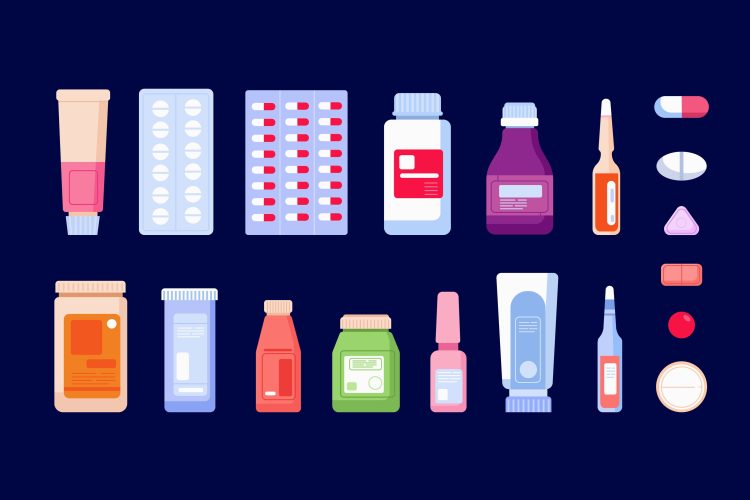

For most consumers, product packaging represents their first impression of a brand and its sustainability credentials.
The difference between single-use, non-recyclable and wasteful packaging, and their eco-friendly alternatives, can determine product success – with a third of UK consumers willing to spend more money to receive sustainable products and services.1
However, for the pharmaceutical industry, the challenge is not as simple as just switching materials. An industry that is among the world’s biggest polluters is caught in a balancing act between satisfying the health and safety demands of industry regulators and meeting the needs of modern eco-conscious consumers.
And this tightrope walk has turned into a race, with market leaders competing to adopt sustainable practices and rethink materials to take advantage of the rewards on offer. But how is this push shaping the pharma packaging market and what are the key changes we can expect to see?
Identifying the challenges and overcoming them
While manufacturers and packaging providers worldwide continue to put sustainability at the forefront of their projects, the pharmaceutical industry faces greater challenges than most.
For many, aesthetic appeal and user experience top the list of priorities when it comes to packaging design. However, when it comes to pharmaceutical products, health and safety remains the primary consideration.
Not only is it critical that the products themselves are protected against external factors like humidity, temperature, light, oxygen and other contaminants – to preserve product integrity and function – but the packaging must also play a role in protecting the patient.
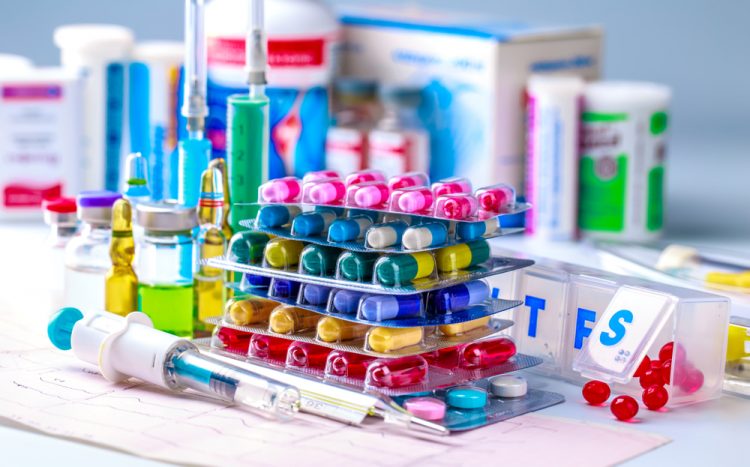

This encompasses a range of health and safety demands, with the most obvious being child resistance and the prevention of potentially harmful or toxic substances being accessed by those other than the patient.
Beyond the risk of accidental ingestion, there are also health requirements surrounding ingredient profiles and the safe administering of medicines, including dosages and product accessibility.
To add further complications, the counterfeit drug market is one of the fastest-growing in the world – worth over $200 billion and growing 20 percent per year.2 Pharmaceutical packaging providers looking to play their part in increasing consumer safety and stem the tide of the fake pharma market also have a responsibility to incorporate anti-counterfeit technology into their products.
The challenge, however, lies in the fact that many of the materials playing such an important role in providing these health and safety functions – eg, preventing contamination and delivering medicines through sprays, injectables and blister packs – simultaneously create problems when it comes to sustainability.
A variety of materials, including many plastic polymers, glass, paper, cardboard and metals, are regularly combined to deliver fit-for-purpose medicine containers. But these combinations cannot be separated for recycling.
Similarly, such intricate equipment demands an excess of materials and energy to produce – with the pharmaceutical industry responsible for 300 million tonnes of plastic waste each year, of which 50 percent is single-use.3
And beyond the physical limitations, those instigating industry-wide change also face pushback in the boardroom, with a recent study citing poor communication between stakeholders and rigid practices among the key barriers to more circular product packaging.4
With an array of challenges to navigate, what are the priorities for those leading sustainable change in the industry?
Proactive in prevention
For those rethinking packaging design, it is back to the drawing board. Sustainability cannot be shoehorned into existing packaging design as an afterthought, it needs to be built into primary and secondary packaging from the outset.
According to the waste hierarchy, this prioritisation of prevention is the most effective solution – with industry leaders urged to consider waste prevention at the earliest possible stage using reuse and recycle initiatives.
For pharma packaging manufacturers, this means testing eco-friendly materials within the health and safety frameworks that govern and limit the industry. But how will this play out?
Three-dimensional (3D) visualisation and printing technology are playing an increasingly key role in the packaging design stage – testing innovative sizes, shapes and functionalities within a controlled environment instead of taking products straight into the traditional testing stage, in its costly and wasteful guise.
Not only is it critical that the products themselves are protected against external factors… but the packaging must also play a role in protecting the patient”
After the visualisation stage, products can be printed for testing and scrutiny. This provides an accurate assessment of model performance that reduces manufacturing waste and carbon emissions compared with traditional testing.
Another eco packaging trend involves building key product features directly into primary and secondary packaging at the first instance, instead of combining multiple features later on in the supply chain.
For example, printing product and patient information directly onto secondary packaging reduces waste from unnecessary separate labelling and safety leaflets applied onto, or inside, finished packaging products.
Similarly, implementing quick response (QR) codes onto bottles, containers, blister packaging and more allows patients to access digital versions of product dosage and administering information to minimise excess materials without compromising on critical patient safety requirements.
Reaching for the renewable
Reducing the industry’s reliance on single-use materials that ultimately end up in landfill means testing and trialling renewable and reusable alternatives.
Pharmaceutical packaging firms are currently researching bio-based and renewable materials. One recent development is utilising ethylene derived from sugarcane – a carbon-negative process that uses carbon dioxide (CO2) and releases oxygen when cultivated.
Braskem, one of the leading producers of so-called ‘Green PE’, is currently producing 440 million pounds of the sustainable plastic each year – which is estimated to equate to a reduction of two billion pounds of CO25 per year compared with traditional processes for sourcing ethylene.
And Big Pharma is tapping into the sustainable resource, with Green PE being trialled in blister packaging. This is a significant development due to the material’s propensity to biodegrade within 10 years.
The key for pharma packaging manufacturers is identifying materials that can fulfil green requirements without compromising on integrity or performance – with the risks associated with failing to meet safety standards being greater than in almost any other industry.
Aluminium is one example of such material, providing an effective barrier between medicine and patient while acting as one of the most environmentally friendly metals, saving 95 percent of the energy used in its production when recycled.6
About the author


Rich Quelch is Global Head of Marketing at Origin. Rich is an experienced global marketer within the healthcare and pharmaceutical sector. He has led the development of the Origin brand, positioning it as a world-leading supplier of innovative and ground-breaking pharmaceutical packaging devices, as well as offering a unique supply chain model which is disrupting the pharma industry.
References
- uk. Third of consumers willing to pay more for sustainable products [Internet]. Consultancy.uk. Consultancy.uk; 2021 [cited 2022Sep]. Available from: https://www.consultancy.uk/news/…
- Overstreet K. $200 billion pharma counterfeit drug market growing by 20% per year [Internet]. Healthcare Packaging. 2019 [cited 2022Sep]. Available from: https://www.healthcarepackaging.com/…
- Sustainable, biodegradable and eco-friendly packaging providers market by eco friendly packaging attributes, type of packaging, type of packaging container, end-user and Key Geographies : Industry trends and global forecasts, 2021-2035 [Internet]. Yahoo! Finance. Yahoo!; 2022 [cited 2022Sep]. Available from: https://finance.yahoo.com/news/sustainable-biodegradable-eco-friendly…
- Salmenperä H, Kauppi S, Dahlbo H, Fjäder P. Increasing the circularity of packaging along Pharmaceuticals Value Chain. Sustainability. 2022Apr14;14(8):4715.
- Rijk M. A closer look at bio-based raw materials [Internet]. CurTec. [cited 2022Sep]. Available from: https://www.curtec.com/en/news/sustainability/a-closer-look-at-biobased-plastics
- Why is aluminium environmentally friendly? [Internet]. ASM Metal Recycling. 2021 [cited 2022Sep]. Available from: https://www.asm-recycling.co.uk/blog/why-is…
Related topics
Drug Supply Chain, Industry Insight, Packaging, Sustainability, Therapeutics




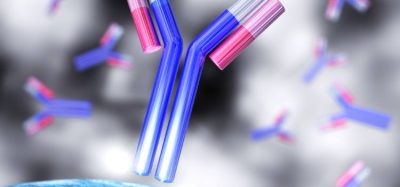
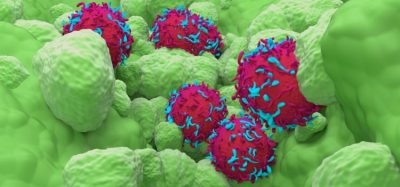
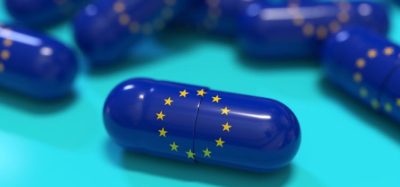



Thank you Rich! While biodegradable materials always sound great, the challenge is certainly the barrier properties and their performance in life cycle analysis. To use biobased feedstock e.g. for the polymerisation of polypropylene and track it through mass balance approaches is feasible and certainly a great solution for pharmaceutical industries to reduce the carbon footprint
Excellent piece, Rich! There is a growing emphasis on minimizing pharma’s reliance on packaging made of composite materials that cannot be recycled. In my opinion, choosing biodegradable and flexible packaging materials is critical for producing practical, cost-effective, and hygienic solutions in the pharmaceutical business. Interestingly, sustainable packaging materials, including mono-material and aseptic liquid packaging structures, are now used more commonly in global pharmaceutical enterprises.